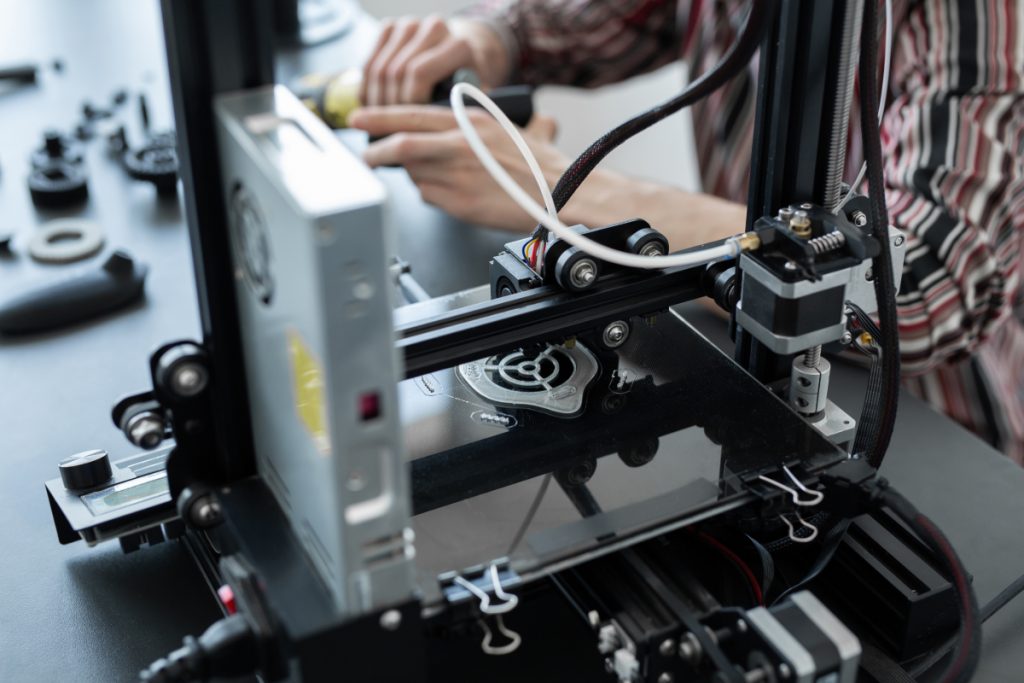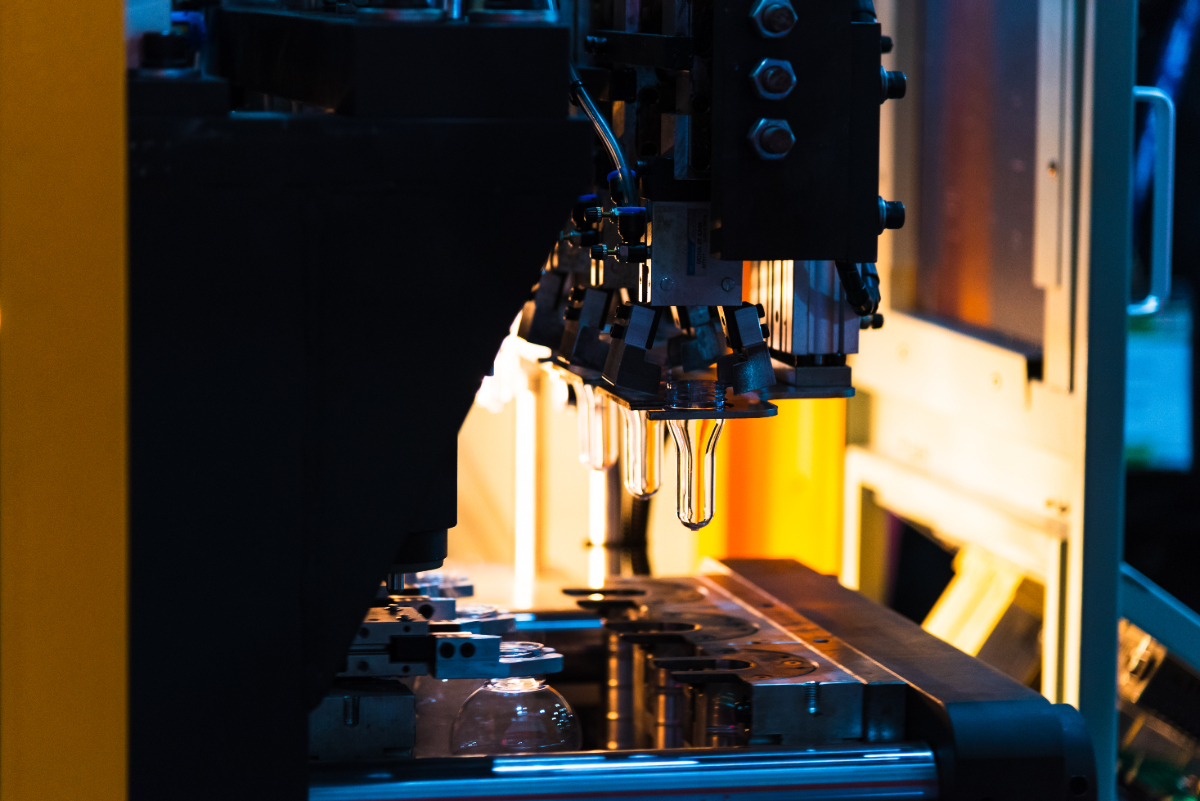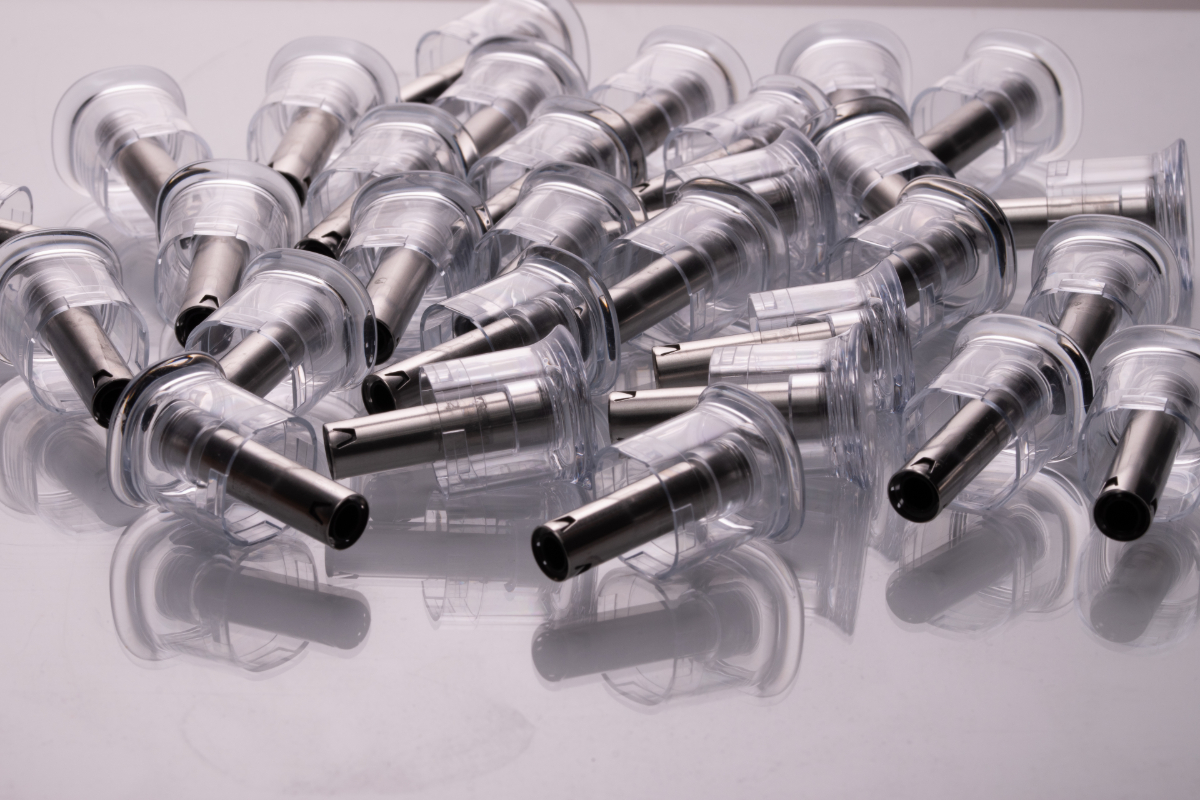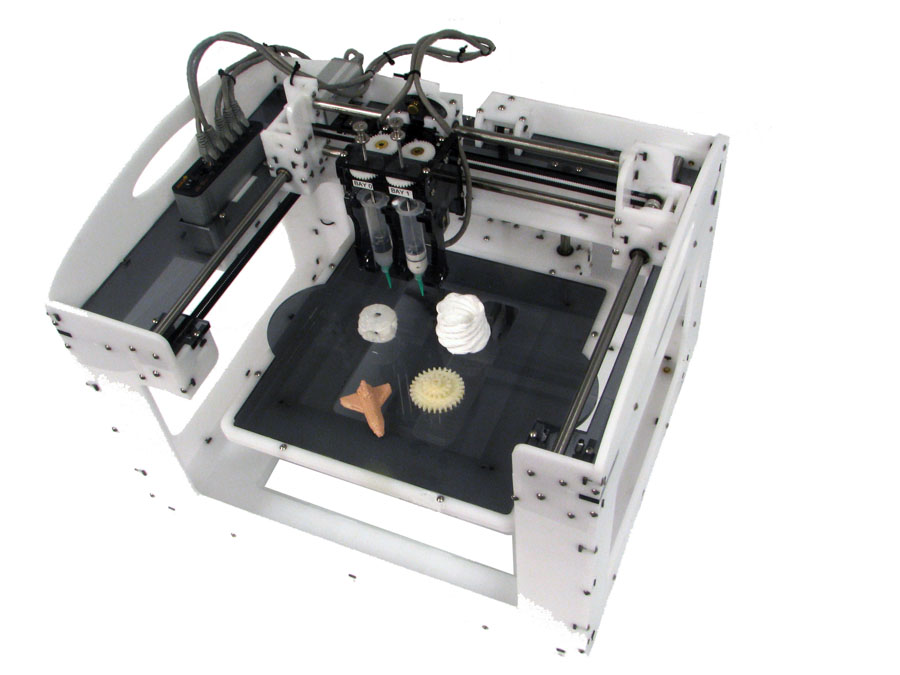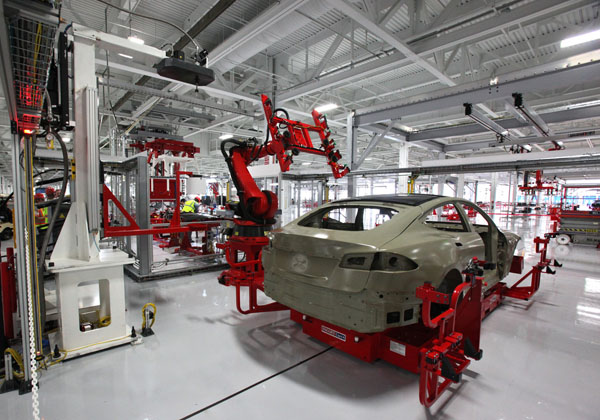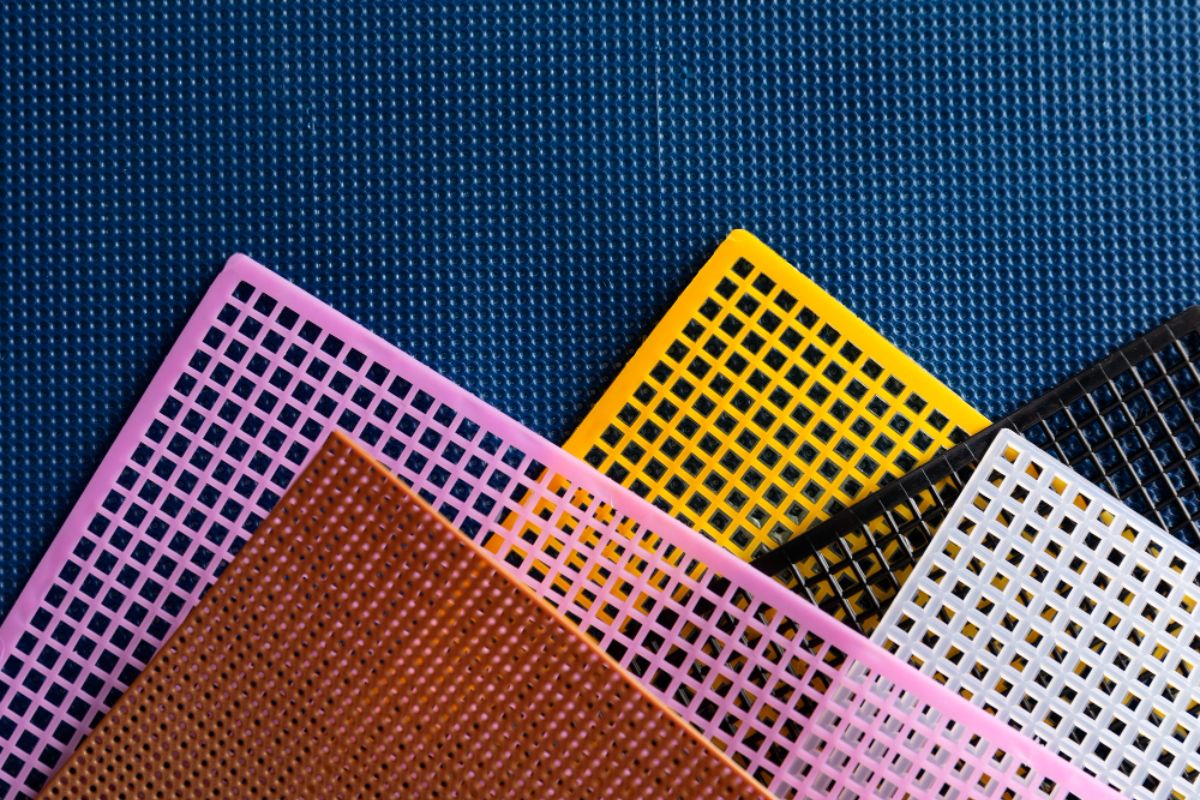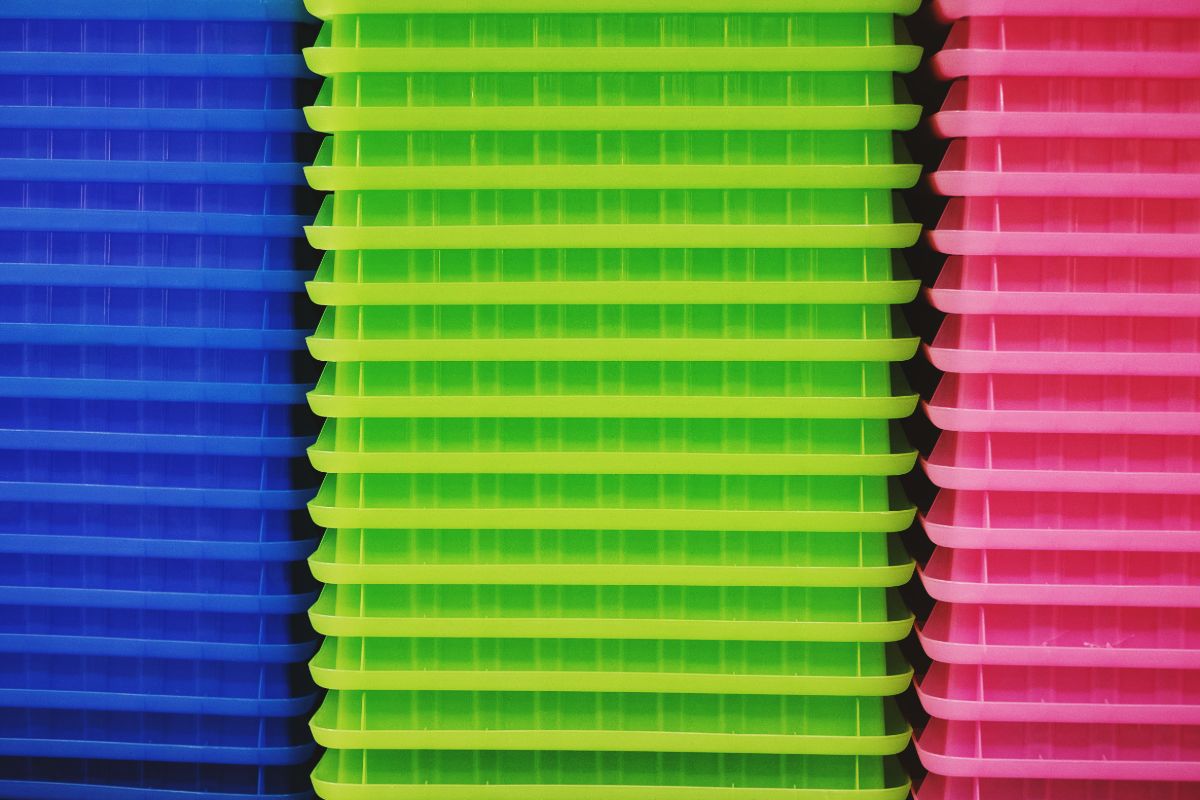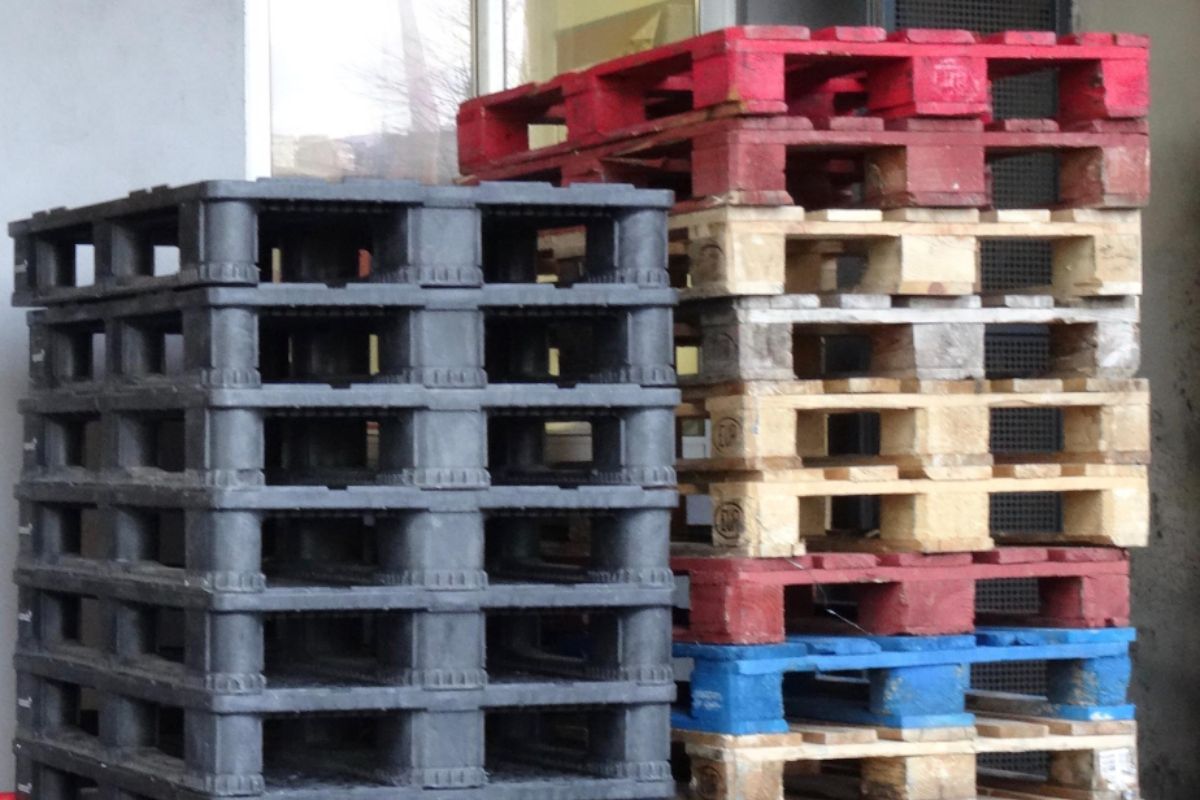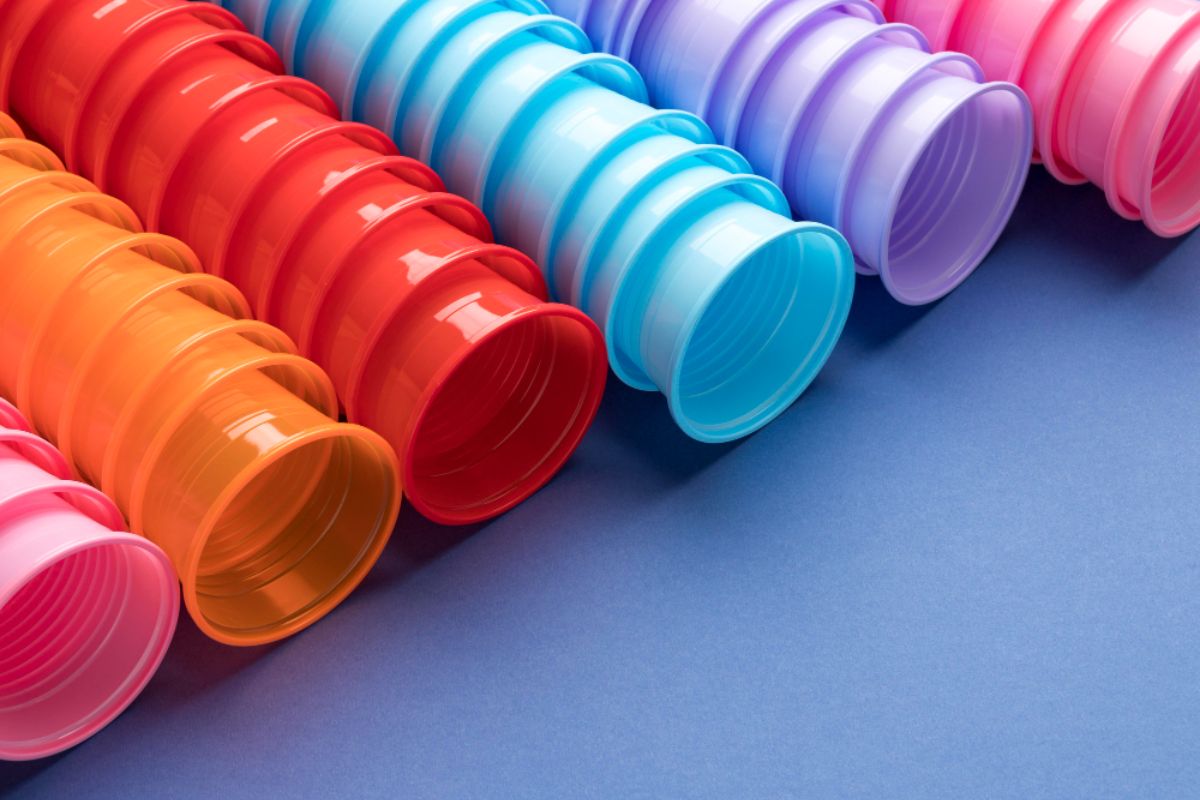What are the differences between plastic vs metal tooling?
- Time Savings
- Cost-Effectiveness
- Durability
Metal tooling has long been a part of the plastic injection molding process. Owing to its many mechanical properties, it is a highly suitable material for such a demanding aspect of fabrication. However, metal is no longer the only option for tooling. Nowadays, many companies are opting for 3D-printed polymer plastic tooling.
So how is one to choose between the two? The answer lies within the key distinctions between plastic vs metal tooling. Read on to learn more about these differences, and which material may fit your project best.
Time Savings
When it comes to time savings, plastic and metal toolings differ in how they save time for the manufacturers. With polymer-based plastic tooling, the process focuses on the period it takes to get the first injection molded products out.
Plastic tooling can be designed, printed, and installed in injection molders in a matter of days. Multiple design iterations can be made while production is ongoing. These design changes can also be easily implemented with this tool — this is particularly useful for projects requiring rapid prototyping.
With plastic tooling, users can cut months off between new product releases. However, the tradeoff in regards to time savings is that these tools have longer cycle times. This is because plastic tooling is unable to cool quickly. This tradeoff can be acceptable for small-volume projects.
Time savings from using metal tooling are primarily from improved cycle times and productivity. One of the key benefits of using metal tooling is that they can be formed into molds with sophisticated conformal cooling channels.
While this does mean that metal tooling takes significantly more time to design, it does allow for faster cooling. As a result, metal tooling is a natural fit for high-volume scenarios where the cycle time is critical to meeting market demand.
Cost-Effectiveness
The initial and ongoing costs of both are also something that sets these two apart. The price of creating 3D-printed plastic tools can go as much as 60 to 90% less than metal. While the lower initial investment can be quite compelling, this factor should be weighed against the tool’s expected lifetime to get the full picture of cost.
Generally, plastic tooling’s lifespan is measured in hundreds of parts, while metal tooling is expected to last at least tens of thousands of shots. This disparity shows that plastic tooling can be cost-effective for small-volume productions, but also ends up being costly for anything requiring more than a few thousand parts. Additionally, some projects may require multiple tooling sets, which may increase costs in the long run.
Similarly, the cost-effectiveness of metal tooling is realized on the production floor. Metal tooling can be daunting to inexperienced project managers, who focus on its initial investment costs. These costs come from the needed post-processing and machining for the metal tool to become viable for production.
While this does make it significantly more expensive than polymer plastics, they can be cost-effective when used in high-volume projects. Additionally, its faster cycle time provides outputs at a much faster pace, which can help reduce overall cost. New technologies and machinery are available to help close this initial cost gap between the two types of tooling.
Durability
In general, plastic is a durable material capable of withstanding intense and repeated exposure to heat and tension. Most plastics used in this application also offer good chemical resistance. As a result, plastic tooling generally requires little to no maintenance. However, it’s important to note that despite these qualities, plastic tooling can still become deformed at a much quicker pace than metal tooling.
This is especially true with plastic tooling made for complex designs, as their delicate features are less durable. Plastic tooling life is often counted in hundreds of shots — any more than a few hundred, and they start becoming less and less effective.
On the other hand, steel molds are capable of producing up to millions of plastic injection molded parts. Metal tooling can also be made from hardened grades to improve longevity, particularly with abrasive materials.
While some metals are susceptible to corrosion, they can be processed and treated to solve this issue. This tooling offers an excellent balance of machinability and strength, allowing for their more delicate tooling features to withstand the force involved in the molding process.
In general, mild plastics are quite suitable for plastic tooling as they are more malleable and result in less wear and tear. On the other hand, metal tooling may be the better choice for harder or abrasive plastic resins.
Breaking Down the Decision-Making Process
Companies that are considering the tooling specifications of their plastic injection molding project should start by considering whether these two types of tools are a viable option for them. If so, there are a few questions to ask:
- Can our tool stand up to the material we’re using? — this is a key consideration, and if your material is quite rigid or abrasive, then we recommend using metal tooling.
- What volumes does this mold need to achieve? — lower volumes are ideal for plastic tooling, while higher volumes may be more cost-effective with metal tooling.
- Is there complicated part geometry to consider? — both types of tooling can achieve complex designs. But if rapid design and implementation are key, then plastic tooling may be the right decision.
- Do I need rapid prototyping? — Prototypes are a great way of getting user inputs and applying design modifications. If this is something you want to prioritize, consider using plastic tooling.
Key Takeaway
At Richfields, we work closely with our clients to ensure that they choose wisely between plastic vs metal tooling for their plastic project. To do so, we use a project-specific approach, and our decades of injection molding experience to design and implement the right molding tools for the job.
If you’ve got questions about injection molding tools, we’re happy to share our advice and expertise. Send us an inquiry here, and our team will get back to you on your concerns shortly.
